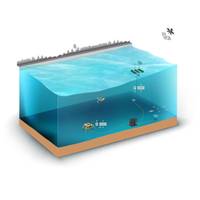
Energy @ Sea: Powering Up in the Blue Desert
into electricity. Buoyancy Energy Storage, (a) the sketch of the system and the main components, (b) presents the forces exerted in the buoyancy recipient. Image courtesy IIASA/© Julian David Hunt, Behnam Zakeri, Alexandre Giulietti de Barros, Walter Leal Filho, Augusto Delavald Marques, Paulo Sérgio Franco Barbosa, Paulo Smith Schneider, "Buoyancy Energy Storage Technology: an energy storage solution for islands, coastal regions, offshore wind power and hydrogen compression." Journal of Energy Storage, Volume 40, 2, August 2021.Charging forwardAlthough the future of offshore
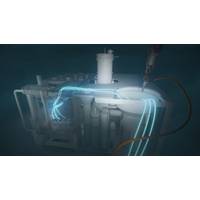
OneSubsea Taps Siemens Energy for Bacalhau Subsea Sensors, Connectors
Schlumberger's OneSubsea has ordered a turnkey package from Siemens Energy for the Bacalhau field development project in the Pre-salt region of the Santos Basin. The Bacalhau oilfield, operated by Equinor, is located approximately 115 miles (185 kilometers) off Sao Paulo, Brazil, at a water depth of 6,726 feet (2,050 meters). Equinor sanctioned the field development, which will cost $8 billion, last week.OneSubsea, as part of Subsea Integration Alliance with Subsea 7, last week after the FID won the contract award for the delivery and installation of the subsea pipelines (SURF) and production

Subsea Integration Alliance in Bacalhau Field SURF Award
(formerly Carcará) project, offshore Brazil.The awarded work is required to finalize the technical definition of the proposed field development prior to Equinor making final investment decisions (FID) late 2020. The Bacalhau field is located 185 km from the coast of the State of São Paulo, in water depths of 2050 meters. It will Bacalhau (Carcará) will be the first greenfield development in the pre-salt by an international operator.Subsea 7 said Thursday that the contract was based on a two-step award. The FEED and pre-investment are starting now, with an option for the execution
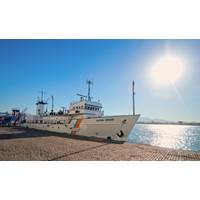
Sonardyne Equips Brazilian Research Vessel
equipment and underwater vehicles deployed from Brazil’s flagship oceanographic research vessel, Alpha Crucis, are to be tracked using Ultra-Short BaseLine (USBL) positioning technology supplied by Sonardyne Brasil Ltda.The 64-meter-long vessel, which is operated by the University of São Paulo, undertakes research projects spanning global climate change to biodiversity in Brazilian waters. It will be equipped with a Sonardyne Ranger 2 USBL high precision acoustic positioning system to enable the Alpha Crucis’ 21-strong science team to precisely track their instruments and sensors
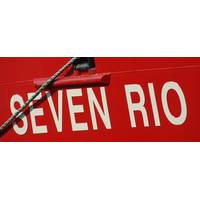
Subsea 7 Wins Contract from Total in Brazil
Subsea 7 announced it has secured a contract from Total E&P do Brasil for the development of the Lapa North East field located approximately 300 kilometers off the coast of the State of São Paulo, at 2,150 meters water depth in the pre-salt Santos Basin.The contract is worth between $50 million and $150 million, Subsea 7 said.The work scope includes the transport, installation and pre-commissioning of 35 kilometers of flexible pipelines and 20 kilometers of umbilical, connecting five wells to the floating production, storage and offloading unit (FPSO) Cidade de Caraguatatuba. Project
Reviewing Sapinhoá-Lula NE BSR System
SURF contract awarded to date in Brazil. The pioneering technology for connecting a large number of wells to a single FPSO was developed by the Petrobras’ research center (Cenpes) and Subsea 7, with the support of UFRJ (Federal University of Rio de Janeiro) and USP (University of São Paulo). The project required the installation of four huge 2,800ton submerged buoys approximately 250 meters below the surface. The system was designed to accommodate a combination of 45 risers/umbilicals for each field in a small area in a decoupled arrangement. Subsea 7’s scope was specifically
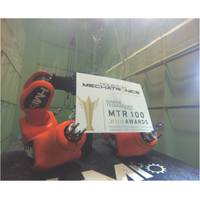
MTR100: The Ones to Watch
.For example, the Maelstrom connector has recently been used in the U.S. defense market for autonomous underwater vehicle (AUV) docking, including for large clients operating in the aerospace and underwater autonomous systems domain.In the oil and gas space, Brazil’s University of São Paulo recently purchased a Maelstrom connector and a major operator on the Norwegian Continental Shelf has ordered WiSub’s Fonn connector to use as part of an underwater resident vehicle pilot project offshore Norway. WiSub has also been supporting Cellula Robotics’ Imotus subsea vehicle testing

McDermott Completes Phase 1 of QGEP Atlanta EPS
team in Brazil. “Our outstanding performance on this project demonstrates a strong track record in the region and positions our company for future opportunities. We look forward to the opportunity to perform additional scope of work for the future phases of the Atlanta field for QGEP,” said Paulo Veronesi, McDermott Brazil Country Manager. McDermott’s load out base was located at Porto do Açu, approximately 155 miles (250 kilometers) north of Rio de Janeiro. The McDermott Atlanta project team developed the appropriate base lay-out and facilities, which was fully equipped with
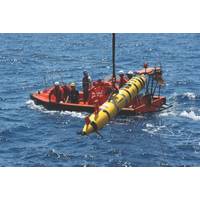
Expanded Underwater Robotics Ready for Oil Spills
;o Costa2, António Sérgio Ferreira2, Dan Hayes4, Nadir Kapetanović3, Francisco López-Castejón1, Milan Marković3, Miguel Massot11, Dula Nad3, Petter Norgren9, João Luís Pereira2, Núria Pujol12, Manuel António Ribeiro2, Carolina Rodríguez1, Paulo Sousa Dias2, Matt Toberman6, Dionisio Tudela1, Jüri Vain8, Emily Venables6. 1Universidad Politécnica de Cartagena (UPCT), 2University of Porto, Underwater Systems and Technology Laboratory (LSTS), 3University of Zagreb, Laboratory for Underwater Systems and Technologies (LABUST), 4Universit
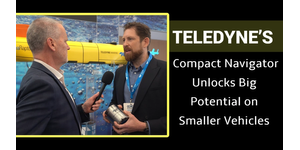
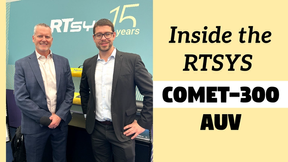
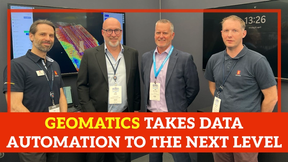
 February 2025
February 2025





